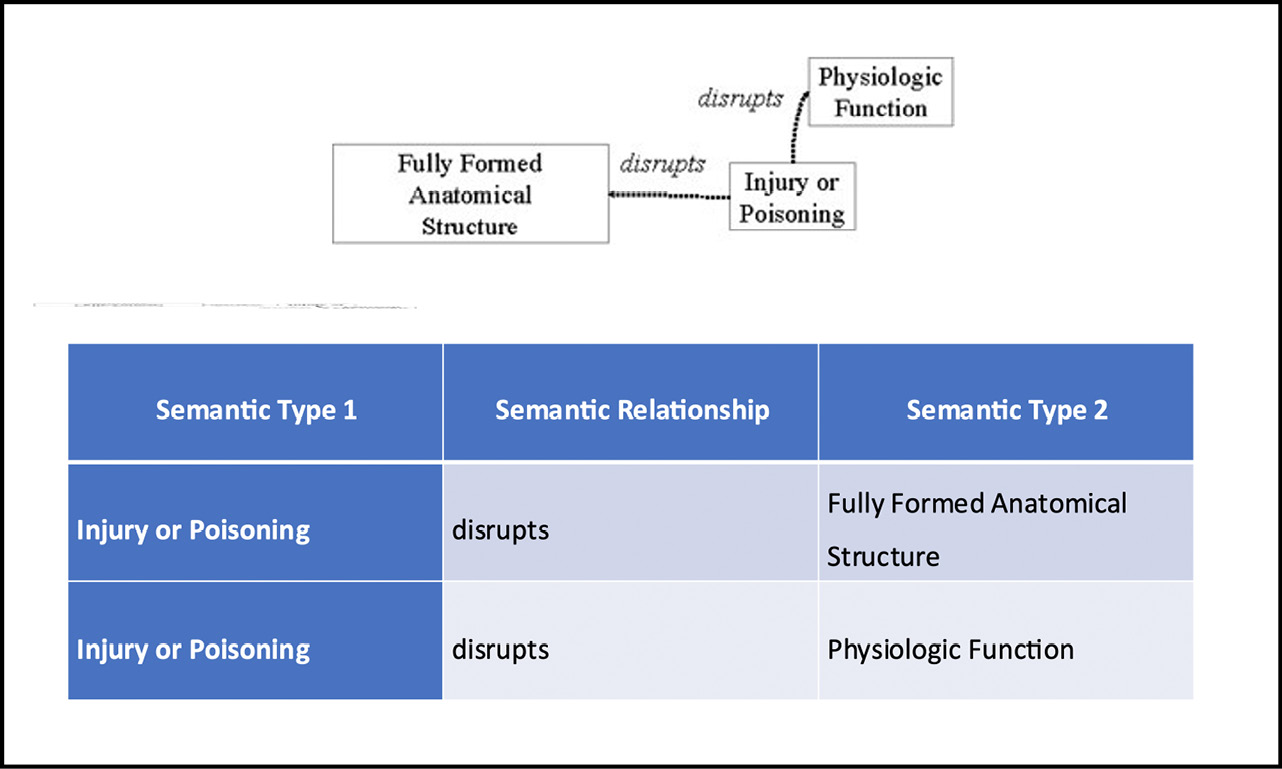
Theories of Motion from Aristotle to Isaac Newton
Over the ages, humanity’s comprehension of motion and physics has advanced considerably. From Aristotle to Sir Isaac Newton, concepts regarding motion have progressed from the belief that forces are always necessary for movement to the principle of inertia, a core element of classical physics as defined by Newton.
Aristotle (387–322 BCE) initially asserted that a continuous force is essential to sustain motion, suggesting that air contributes to the propulsion of projectiles after they are released from the initial force — a theory that encountered criticism due to the absence of empirical evidence. This view was contested during the Middle Ages by John Philoponus (c. 490–c. 570 CE) and others, who introduced the idea of “impetus,” proposing that an intrinsic power is bestowed upon moving objects, which gradually diminishes.
The principle of inertia, however, signifies a shift in understanding: it posits that objects will remain in their state of rest or uniform linear movement unless influenced by an external force. This conceptual advancement established the foundation for a contemporary grasp of motion, famously captured as Newton’s First Law of Motion. Although popular narratives frequently attribute this principle to Galileo Galilei (1564–1642), the concept of inertia was initially rigorously formulated by Johannes Kepler (1571–1630), albeit not comprehensively.
Galileo further investigated the nature of inertia, noting in his 1612 writings how objects on a frictionless horizontal surface would persist in motion. His observations, while significant, were limited to circular and horizontal motions and did not fully account for linear inertia.
A fascinating yet lesser-known contributor to these theories was Isaac Beeckman (1588–1637), whose correspondence and intellectual interactions with René Descartes (1596–1650) were crucial. Beeckman, a contemporary scientist, educator, and philosopher, introduced concepts of motion and matter that anticipated later expressions of inertia. Although he did not publish extensively, Beeckman influenced thinkers like Descartes through direct exchanges of ideas, providing vital intellectual foundations for the evolution of classical mechanics.
Descartes, influenced by Jesuit education and Beeckman’s ideas, refined the concept of inertia to encompass linear motion, ultimately shaping Newton’s formulation. Despite his relative obscurity, Beeckman played a significant role in the mechanical philosophy that would contribute to Newton’s integration of existing knowledge.
Newton’s formal presentation of the principle of inertia in his “Principia Mathematica” in 1687 marks a pivotal moment. His declaration that an object in motion continues so until disrupted by an external force solidified inertia as a fundamental aspect of classical physics.
This account of scientific progression highlights the gradual transition from elucidating motion with metaphysical forces to a more exact, empirically-based comprehension, revealing the intricate network of ideas and influences that converge in Isaac Newton’s work, reshaping our perception of the physical universe.